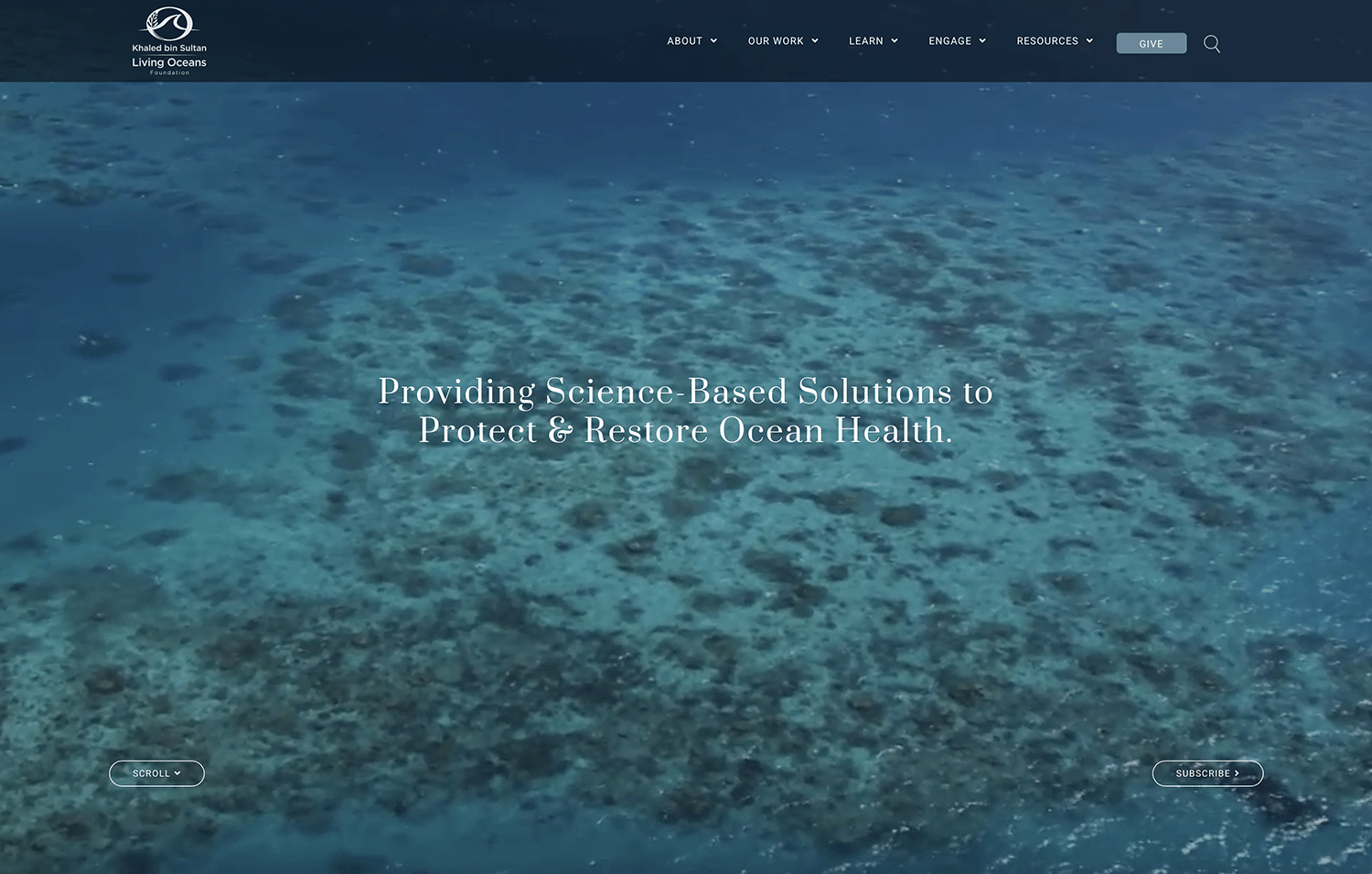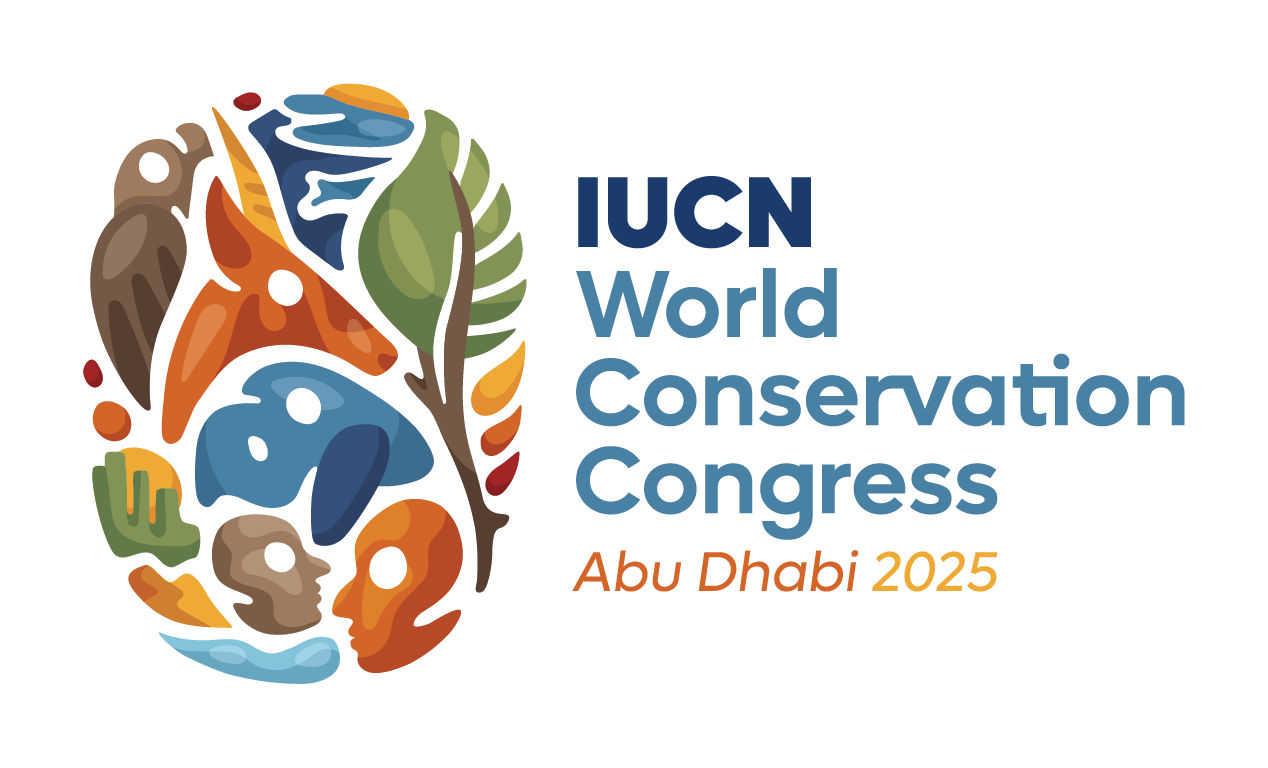Last night we transited 10 hours from Gizo Island to get to our new location, the Arnavon Islands. Today, our scientists surveyed the areas around these islands, while the education team conducted a program in the Wagina communities.
While visiting Wagina, we observed seaweed farming. Right now you may be thinking ewe, seaweed! I hate when I’m swimming in the ocean or walking along the beach and it grazes my leg. You may even be shuddering in disgust as you read this. The fact is that seaweed is in many of the products that we use daily.
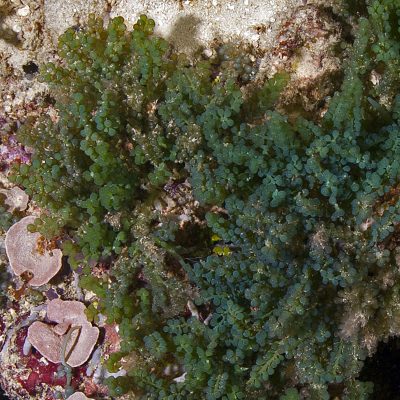
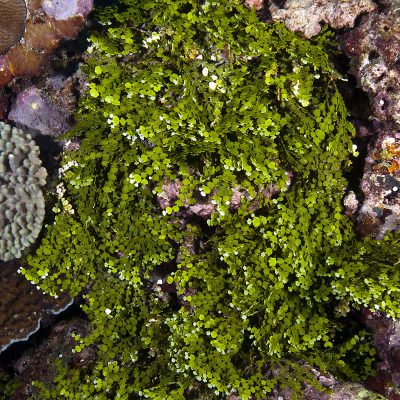
Two examples of different types of seaweed: a) Caulerpa; b) Halimeda
(Click-thru on images for greater detail.)
What is seaweed used for?
Around the world certain species of seaweed are harvested to create carrageenan products. Carrageenan is extracted from red, edible algae and used to gel and thicken products. You can find carrageenan in toothpaste, ice cream, pudding, shampoo, pet food, and air freshener gels, to name a few.
Why is seaweed farming important?
In 1988, seaweed farming was introduced to the Solomon Islands by UK Overseas Development Agency (ODA) and the Solomon Islands Ministry of Fisheries and Marine Resources. Seaweed was imported from Fiji in order to start the project. It was first implemented as a one year project in Vona Vona Lagoon in the Western Province. The project wasn’t revived again until 2000 when the Aquaculture Division of the Ministry of Fisheries and Marine Resources was established. Since this time, more than 16 sites have been created throughout the Solomon Islands.
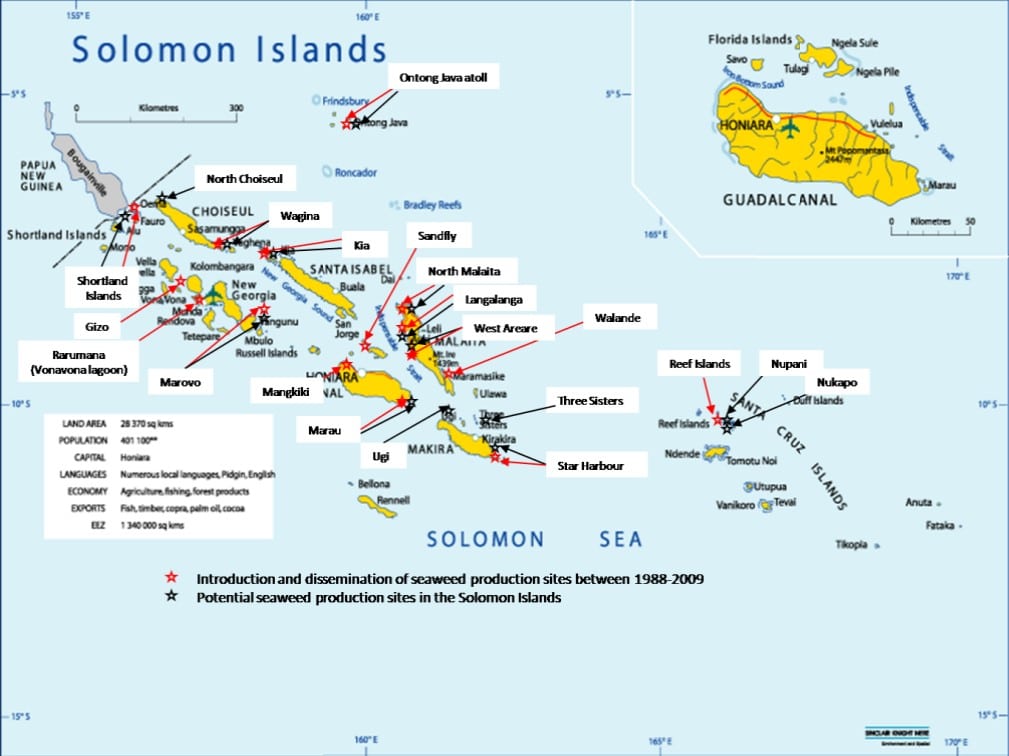
2011 map of current and future seaweed farms in the Solomon Islands.
(Click-thru on map for larger display.)
Before farming seaweed, people were harvesting other marine resources such as beche-de-mer (dried sea cucumber) and Trochus shells (marine snails). These fisheries were being overharvested and were not sustainable. Removal of these species can also cause detrimental effects to the coral reef ecosystem. The aquaculture of seaweed was rejuvenated in order to lessen the harvest of these marine resources. In the Solomon Islands, seaweed farming is sustainable and it has replaced the harvest of other fisheries and improved the livelihood of people in the Solomon Islands.
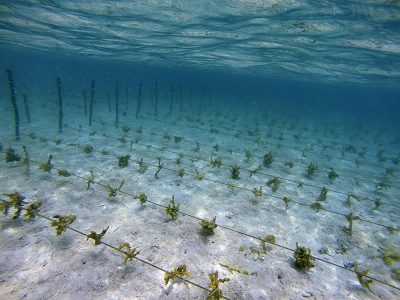
Seaweed farm near Kia Village.
Next time you encounter seaweed, maybe you will remember its importance rather than the unpleasant feel of it.
Stay tuned for more information on seaweed farming.
Photos: 1a,b, Ken Marks, 2, see source below; 3, Amy Heemsoth
Kronen, M., Ponia, B., Pickering, T., Teitelbaum, A., Meloti, A., Kama, J., Kenilolerie, P., Diake, S., & Ngwaerobo, J. (2011). Socio-economic Dimensions of Seaweed Farming in Solomon Islands. Secretariat of the Pacific Community (SPC), Aquaculture Division and the Food and Agricultural Organization (FAO).

